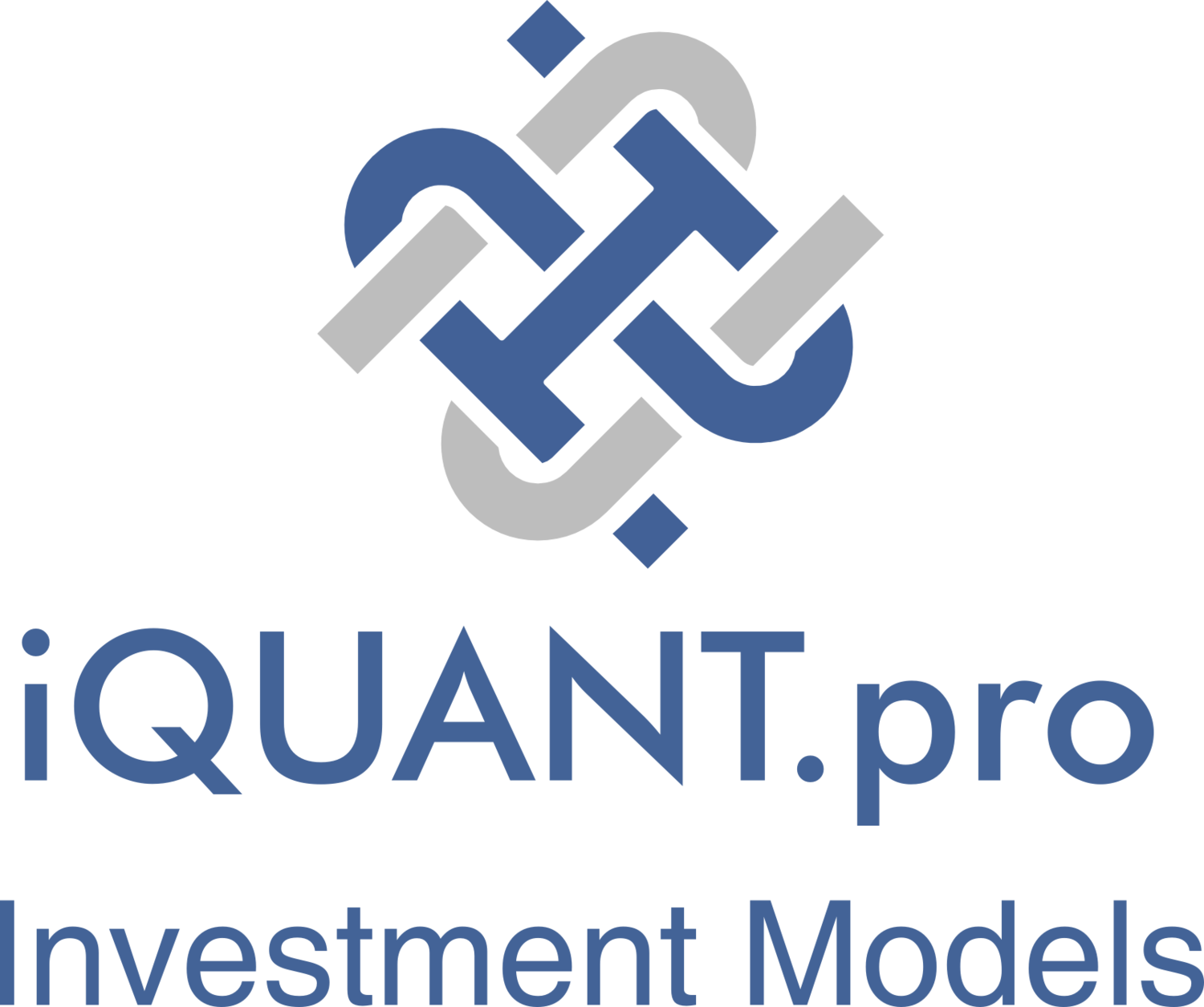BECOME A FREE TRIAL MEMBER TO SEE THE MODEL SELECTIONS
The iQUANT.pro ETF Style Box Rotation Model
iQUANT’s most ambitious ETF model to-date…
Ever since the introduction of the iQUANT.pro Global Style Box Rotation (Equity) Model, there has been a surge of requests for an ETF model that also rotates between style boxes.
We’ve heard your requests and have responded with one of our most elegantly robust models ever.
Process
Only iQUANT.pro has the technology to pull this model off…
Every month, the Model selects from a starting universe of twelve style box ETF strategies and selects the four that represent the greatest technical value.
The process is as follows:
Begin with a starting universe of rules-based strategies for each of the following 12 style boxes:
Large Cap (Core, Growth, Value, Equal-Weight)
Mid Cap (Core, Growth, Value, Equal-Weight)
Small Cap (Core, Growth, Value, Equal-Weight)
Sort the twelve style box strategies by current to 12-month simple moving average and select the bottom four.
Re-constitute monthly
Return Profile*
| Model | S&P 500 | |
|---|---|---|
| Inception | 15.82 | 9.07 |
| 15 Year | 16.53 | 9.23 |
| 10 Year | 17.94 | 14.61 |
| 5 Year | 17.76 | 11.95 |
| 3 Year | 19.03 | 12.77 |
| 12 Month | 25.97 | 11.96 |
Because the iQ ETF Style Box Rotation Model is rules-based, we are able to apply the aforementioned process on a monthly basis since 2002. Over this period of time, the Model has not suffered a losing year.
Notice the Compound Annual Growth Rates (CAGRs) to the right.
A measurement we often use is the standard deviation of CAGRs across multiple time-frames. A lower standard deviation implies attractive CAGR returns were less dependent on a couple stellar timeframes.
To this point, the standard deviation of CAGRs since 2002 is only 1.37 as compared to 2.38 by the S&P 500 Index.
Risk Profile
Risk is more repeatable than return…
The iQUANT.pro ETF Style Box Rotation Model is not the type of investment strategy that was built to hit home runs. Rather, the Model was built to keep your investors in the game through thick and thin.
The Model’s underlying theme is to “win by losing less” and emphasizes efficiency and low down-market risk.
iQUANT.pro believes separating Beta and Correlations between up markets and down markets makes the measurements more relevant.
Note the down-market beta and down-market correlation to the S&P 500 Index…each below 0.15. In addition, the downside capture ratio is a mere 0.28 while the max drawdown is only -12.92%.
Though counter-intuitive given the hypothetically / historically low down-market risk, the Model touts an impressive 80% upside capture ratio.
BECOME A FREE TRIAL MEMBER TO SEE THE MODEL SELECTIONS
Compound Annual Growth Rate (or CAGR) is a widely used measure of growth. It is used to evaluate anything that can fluctuate in value, such as assets and investments. CAGR takes the initial investment value and projects an ending investment value while assuming compound growth over a set period of time.
Imagine you have $10,000. This year, your $10,000 grows 100%, leaving you with $20,000. The following year, your investment falls 50%, taking you back to your original amount ($10,000). Over those two years, your annualized gain is zero (you've neither made nor lost any money). The zero percent you received is known in the financial world as the Compound Annual Growth Rate (CAGR). Under this same scenario, the average annual return would have been 25%. In real life, you only realize the CAGR, not the average annual return.
*HYPOTHETICAL PERFORMANCE HISTORICAL MODEL PERFORMANCE DOES NOT GUARANTEE FUTURE RESULTS. THE RETURNS PRESENTED REPRESENT SIMULATED MODEL RETURNS WHICH ARE HYPOTHETICAL, MEANING THEY DO NOT REPRESENT ACTUAL TRADING, AND, THUS, MAY NOT REFLECT MATERIAL ECONOMIC AND MARKET FACTORS, SUCH AS LIQUIDITY CONSTRAINTS, THAT MAY HAVE HAD AN IMPACT ON ACTUAL DECISION MAKING. THE HYPOTHETICAL PERFORMANCE REFLECTS THE RETROACTIVE APPLICATION OF THE MODEL WITH THE FULL BENEFIT OF HINDSIGHT. Actual performance may result in lower or higher returns than the hypothetical Model performance presented. Model returns reflect a 0.50% annual trading expense on total portfolio value – which may be higher or lower than actual trading costs. Hypothetical model returns in certain years were higher than the returns of the S&P 500 Index. It is important to note that models may underperform in certain years and may produce negative results.
